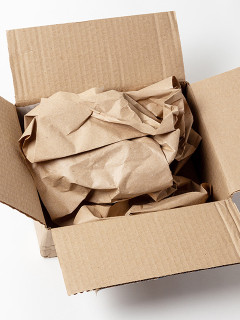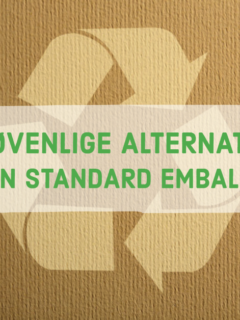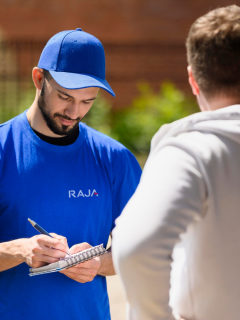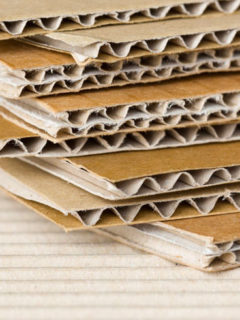Minimise your use of packing tape and close your boxes securely!
Tape is an indispensable tool in the daily life of many companies, but few think about how they seal their shipments and how much tape they actually use. In this post, we give you different tips on how to seal your packaging in the smartest way and save on tape at the same time. For extra bonus knowledge, download this PDF with technical knowledge about the tape’s structure, its properties and its components.
Enjoy!
The “right” ways to seal
If the tape is used for packaging purposes, it is called packaging tape. As a packaging company, we naturally have a strong focus on how a box should be sealed – and a general attitude we often encounter is: “A lot is good! “Often the package is literally just tape! – In other words, the whole package is totally covered with tape, which is both a waste of material and not necessary at all. Below we show you three methods you can safely use to seal your packages while saving on tape:
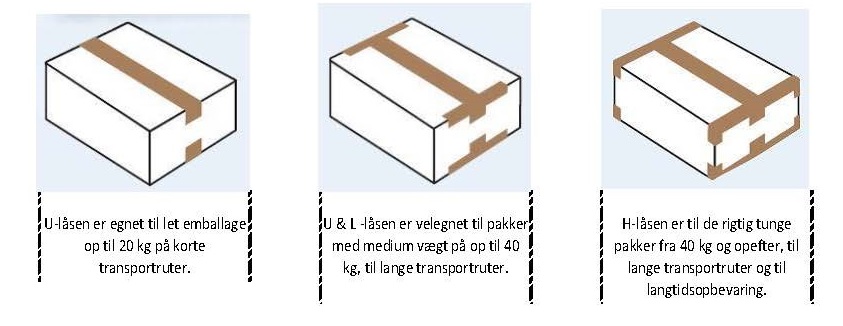
Choosing the right tape
It’s not just the seal that matters, but also the choice of the right type of tape that determines whether the package arrives intact. When making this choice, it is important to ask yourself the following:
- What quality is the cardboard? (… some tape, sticks best to kraftliner. We recommend boxes with kraft liner exterior, which all our cardboard boxes have.)
- What is the weight of the product?
- What climatic conditions does the tape encounter? (Cold countries, wet environments or extreme heat).
- Does the noise from the rolling of the tape play a role? (You can get ‘low noise tape’, or choose PVC tape).
Below is an overview to make choosing the right tape for your needs a little easier:

Use and storage of the tape
When applying packing tape, it should be done at a temperature of at least 10°C and on a dry and dust-free surface. For PP packing tape, stretching of the tape should be avoided, otherwise the packing tape may break. In addition, we recommend that you store tape for a maximum of 6 months, and at a temperature between 18 and 25 °C. If the tape is stored at a different temperature, the adhesion is not optimal, therefore we recommend that the tape is stored 24 hours before use at room temperature. Low Noise tape, can be stored for up to 1 year and adhesive tape for several years, protected from light and dust.
… fun fact: TESA is often used as a synonym for tape, and for many is synonymous with a high quality tape. If a product’s trademark eventually replaces the generic name, it is called a generic brand. Other famous examples of generic names could be: Plexiglas, Lego, Kleenex, Gaffatape…
At Rajapack we also sell tesa tape and if you need advice or guidance you can always contact our specialists on 44 58 77 00 or info@rajapack.dk













